One moment, you’re riding the wave of inspiration, churning out creative masterpieces like nobody’s business. The next? Crickets. Nada. Zilch.
This happened to me this year. The winter and spring I was writing and writing and writing music. I was confident that I had at least a record’s worth of songs written!
But then came the summer, and we got busy (and maybe I got a little lazy). Our usual Thursday songwriting sessions were deprioritized behind exhausted by traveling and big commitments.
Creativity is an ebb and flow — but it’s important that we 1. Know that, and 2. Have creative discipline so we can get back on track if we fall off.
| Overcoming artist’s block? Watch my latest YouTube video here to learn the secret behind creative blocks. |
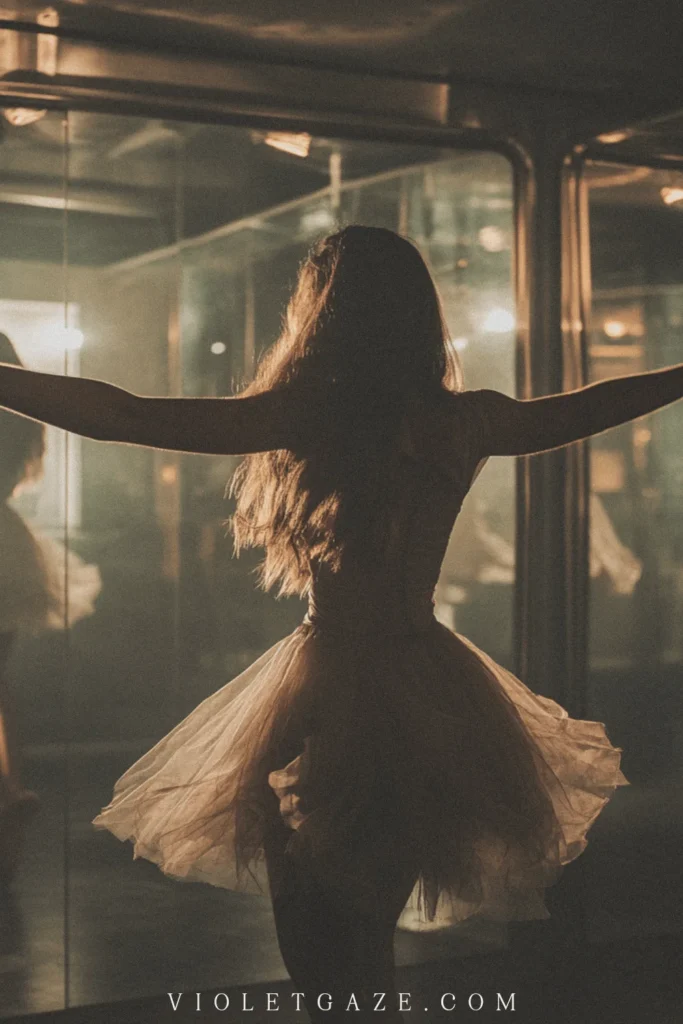
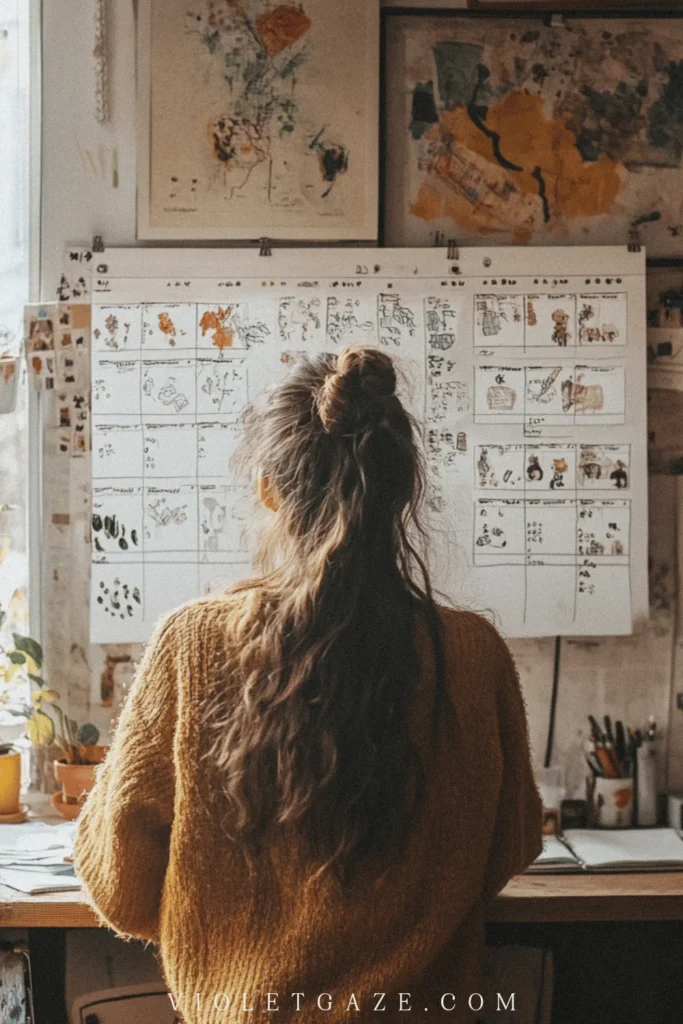
 What is Creative Discipline?
What is Creative Discipline?
Creative discipline is about showing up for yourself and your craft day in and day out, paying in mind both your systems and manifestations while never rejecting or ignoring how you feel.
This doesn’t mean you have to wear a suit and clock in at 9 AM sharp. It just means showing up for yourself every day — which may or may not mean that you need to work on your art every day.
Here are 2 really common misconceptions you might be telling yourself:
- Myth: I need to be creative every day. If I’m not, I’m a failure.
- Myth: I don’t need any routines or structures, because I’m creative!
Implementing creative discipline can actually enhance your artistic output by providing a consistent framework for inspiration to flourish. Simultaneously, it also prioritizes your body’s needs, which might come from your environment, your career, or how your body is physically serving you.
Balancing creativity and structure is essential for maintaining both artistic freedom and getting consistent income while you’re building your career!
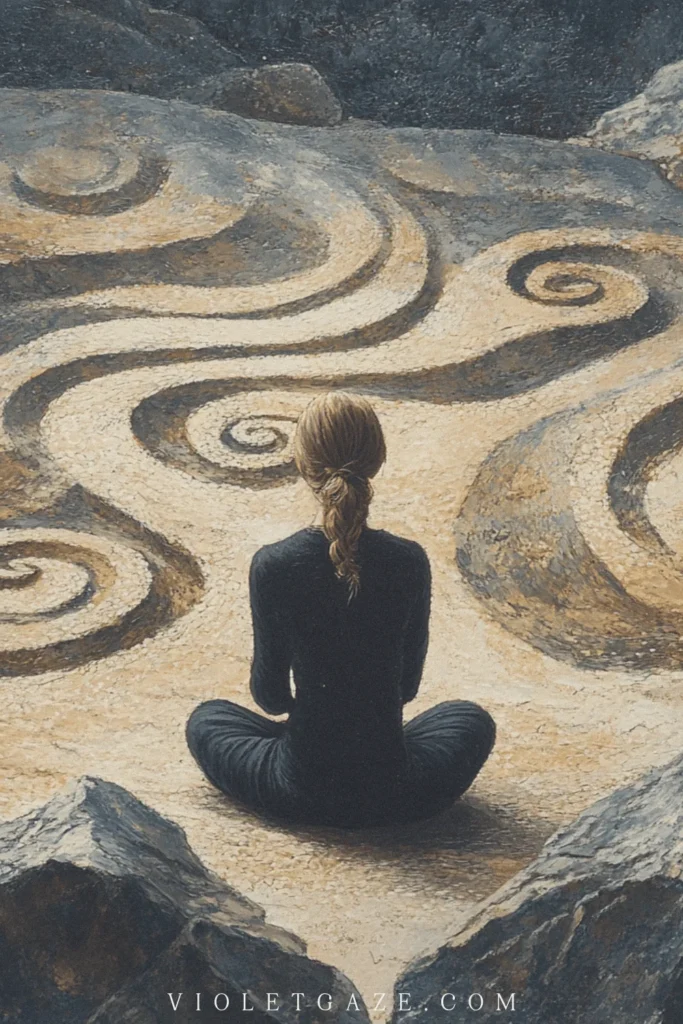
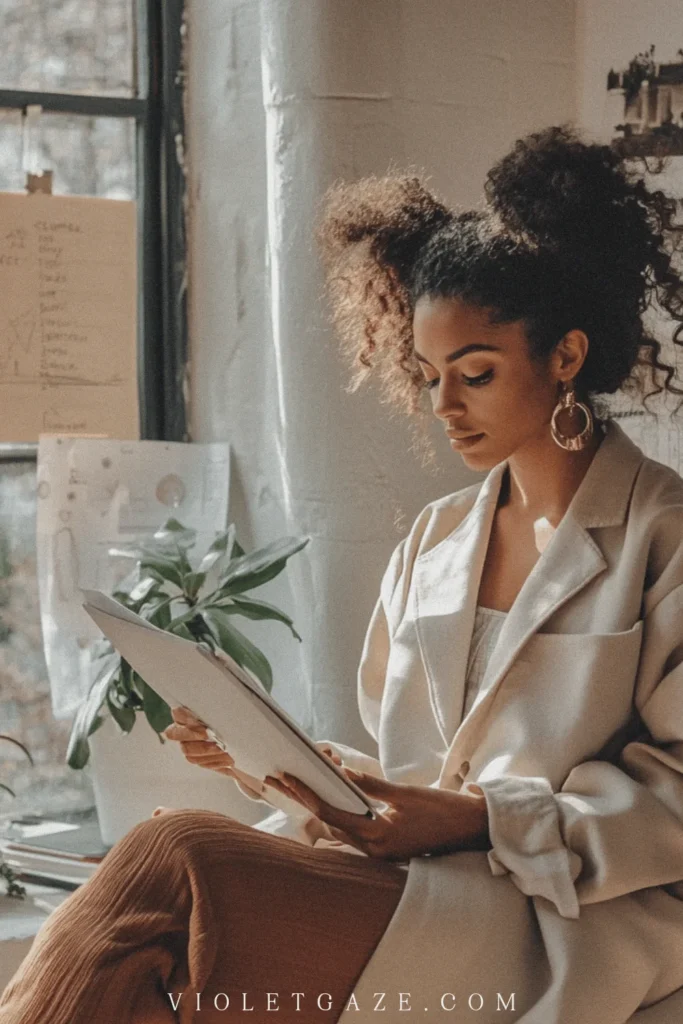
 The Most Important Times You Need Creative Discipline
The Most Important Times You Need Creative Discipline
 Shaping Your Cozy Girl Job
Shaping Your Cozy Girl Job
Working from home with kind people on your own schedule. It’s a dream when you get there, but it takes work.
The Cozy Girl Job is a job that an artist gets that’s remote, likely in digital marketing, with kind, healthy people. It’s also a job that lets them work on their schedule. Instead of needing to be available between 9-5, as long as they get the work done, they have lots of flexibility.
This Cozy Girl Job is cozy in your physical space and emotional space so you can utilize the Law of Least Effort to have more energy to put into your art (so you can eventually make that full-time!).
This sounds amazing, but it takes work to find and solidify having a Cozy Girl Job. That’s where creative discipline is important. You’ll need to implement productivity techniques for creatives like time-blocking (to prioritize your efforts and not exhaust you), batching (to maximize your efforts) and being persistent to actually find this job!
When I decided I wanted to go full-time freelancing, I treated applying for work like it was a full-time job. I had daily tasks for myself — applying for 5 jobs a day on Upwork, tweaking my resume, engaging on LinkedIn — and followed them to a T. I finally was able to find agency work that was consistent, in an amazing environment, that let me work whenever I wanted!
It feels lucky sometimes — but I work really hard for it and I know you can too!
A simple tip for this is based on Jack Canfield’s The Success Principles: do 5 things every day that gets you closer to your goal.

 Creating Daily Rituals to Nurture Your Body
Creating Daily Rituals to Nurture Your Body
As creatives, we often forget that our bodies are our most important tools. Your brain can’t churn out brilliant ideas if it’s running on junk food and three hours of sleep!
It seems simple, but think about the last creative rut you were in. I bet there was either a block in your environment, career, or your body that was preventing you from being as creative as you might have wanted to be.
Think of those annoying chores and habits you need to do every day. Now, think about how you can 

Rituals become anchors for your creative discipline, signaling to your brain that it’s time to get into work mode.
Establishing creative routines is really just this: ritualizing what you used to call your chores and habits. This, and habit-stacking when these chores really feel like chores.
An example of habit-stacking would if you want to start writing morning pages. If you already wake up to make your coffee every morning, then put your notebook in your coffee machine. As you’re waiting for the coffee to be made (which you do every morning), spend that time writing your morning pages.
Think about things you’re already doing and how you can make them more cozy and delightful. If you exercise in the morning, is there a nice gym you could budget to go to that has a nice sauna that you could reward yourself with after every workout?
What about if you work remotely? How could you romanticize this more and make it into a ritual? Could you set a nice ambiance in your home office with a candle and mood lighting whenever you start working?
Or, could you have a rotating schedule of coffee shops and libraries you work at every week to keep things beautiful?
Here are some ways you can start turning chores into rituals:
Chore: Exercise
Ritual: Morning sunrise jog while listening to your audiobook
Chore: Clean the kitchen
Ritual: Light a candle, burn some sage, use your cute Papaya paper towels to clean with your nontoxic cleaner while listening to lofi music
Chore: Wake up at 7am
Ritual: Use calming phone alarm to slowly wake you up at 6:45am turn on red light for 15 minutes while you read or do a Headspace meditation
 Translating Criticism Into Unbiased, Unemotional Feedback
Translating Criticism Into Unbiased, Unemotional Feedback
Criticism is a part of art (and life). And thus, it’s a big part of your creative discipline toolbelt.
The key is to translate that criticism into unbiased, unemotional feedback. I like to think of criticism and feedback living inside a beautiful little bubble. Kind of like the one Glinda travels in.
The bubble can connect with the bubble of your work – creating one larger, stronger bubble. AKA, feedback and criticism could help make your art even better.
But you have a bubble, too. And that feedback and criticism doesn’t enter your bubble. It’s only for your art (or work in your Cozy Girl Job) — not about who you are.
 When You’re Working Towards a Mini-Goal/Manifestation
When You’re Working Towards a Mini-Goal/Manifestation
Goal-setting for artists is important. After all, we all need something to work towards.
But big goals can be overwhelming. “Buy a house.” “Release a record.” “Become a full-time Etsy shop owner.”
That’s where these smaller, more manageable objectives lead you towards your larger creative vision.
Think of it as laying bricks; each mini-goal is a brick, and over time, they build the castle of your dreams.
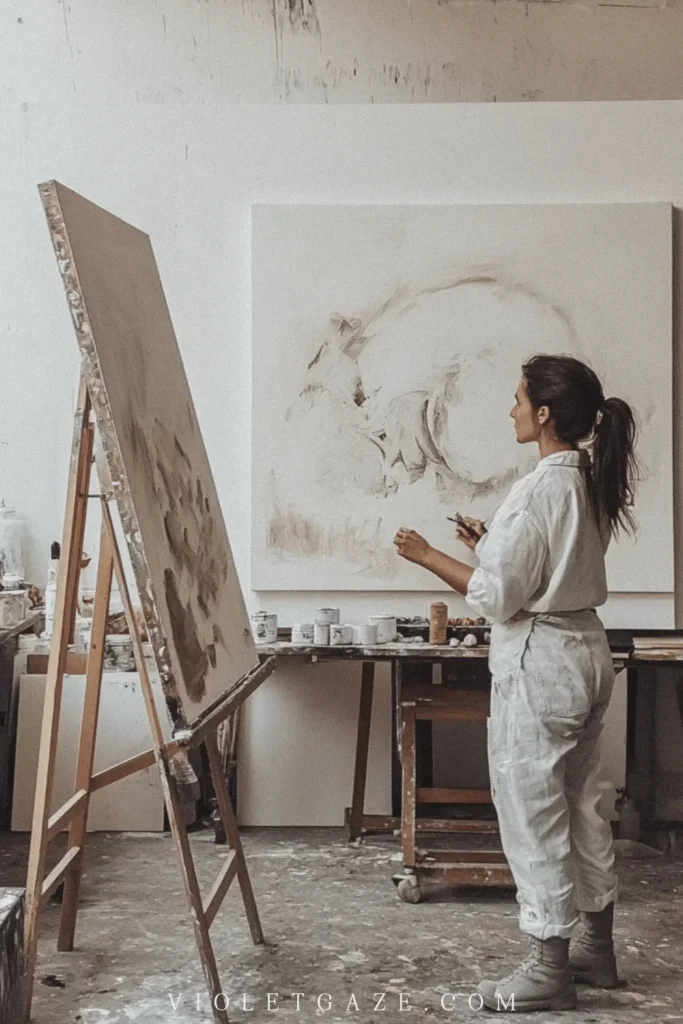
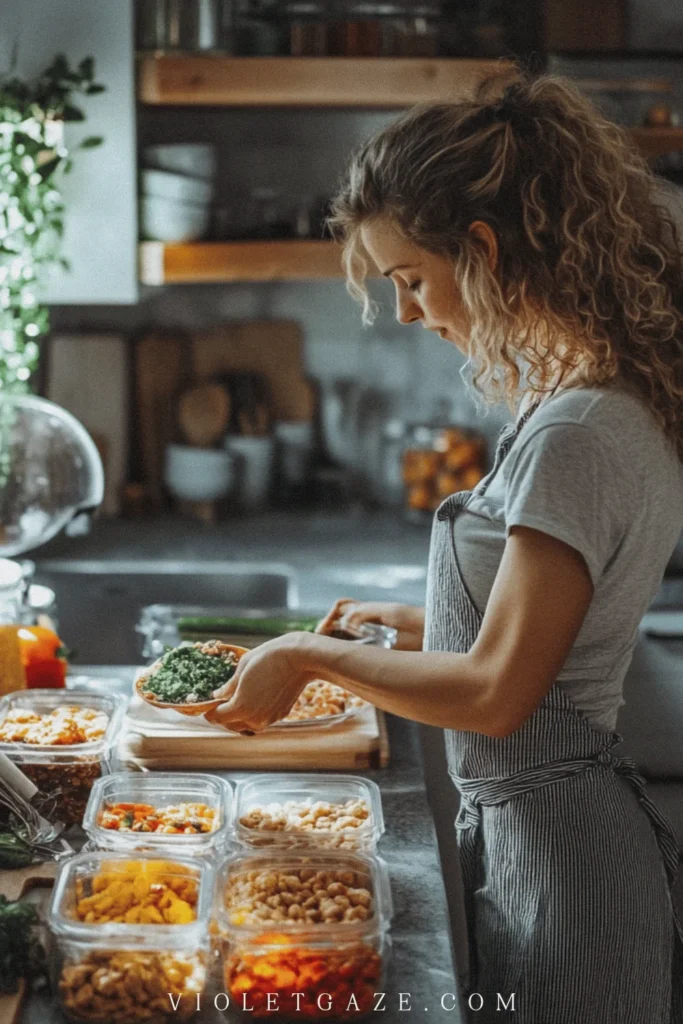
This is also where effective time management for creatives comes in. Batching is what I’ve leveraged in order to make a full-time income working part-time hours 3-5 hours a day. I batch together the same things, i.e. writing blog articles, designing images, working on client work, so I can spend less time switching from task to task and more time getting it done and then spending my time doing what I want (aka, writing music, writing my own blog posts like this one!)
Using Pomodoro timers is a great free way to focus during your designated time. I find whenever I’m working on a timer, I tend to focus even more. I’ve also started using a paid app called Blitzit that helps me estimate the time it takes to work on certain projects and then keep track of it while I’m working.
STATiC also likes using Flow Club as a co-working platform to carve out time for working side-by-side with others virtually. These are all great ways for maintaining creative focus as well as getting faster and more efficient!
 When You’re Just Starting Out (the Principle of “Keep Going”)
When You’re Just Starting Out (the Principle of “Keep Going”)
Maintaining discipline as a beginner is especially tough. There are so many factors that are working against you. You can’t track analytics because nobody’s seeing your work anyway. You’re learning your flow so you’re failing a lot. You’re not super happy with your work because you’re comparing it to people who have been doing this for years.
This is why I say quantity keeps you going, quality gets you good. When you’re first starting out, you want to focus on quantity over quality (quality over quantity is not always the move).
Keep going, keep going, keep going. That’s what you need to keep reminding yourself when you’re just starting.
I talk more about this in my video here
 Create a “Conducive” Home Studio
Create a “Conducive” Home Studio
Your environment plays a huge role in your creative discipline. A cluttered, chaotic space can lead to a cluttered, chaotic mind. Creating a conducive home studio doesn’t mean you need a mansion or fancy equipment, but a home that Sparks Joy for you.
When I walk around my home, I feel cozy and delighted. I walk around feeling like I’m comfortable enough to be myself and I’m literally happy when I walk around because it’s a combination of my favorite colors, favorite styles, favorite shapes, and items I’ve thrifted that Spark Joy every time I look at them.
This might sound like it’s just about interior design but it’s so much more than that!
 Body Double & Create Recurring Calendar Events for Creative Time
Body Double & Create Recurring Calendar Events for Creative Time
I talked about body-doubling a little bit already. This is a great way for creative discipline, as it holds you accountable to show up for yourself and others.
Body-doubling isn’t actually about collaborating with other people on projects, but having that accountability and focus that comes from having another person present. It’s like working in an office or working with a friend.
Finding a body double can be as simple as asking a friend to work silently alongside you, joining a co-working space, or even using virtual body doubling services.
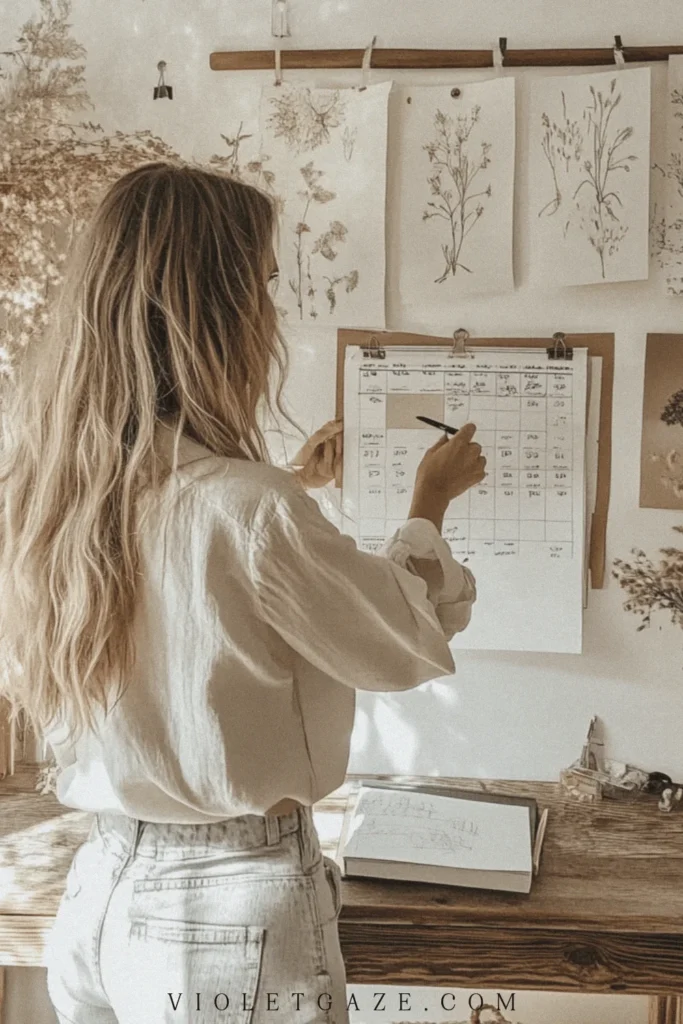
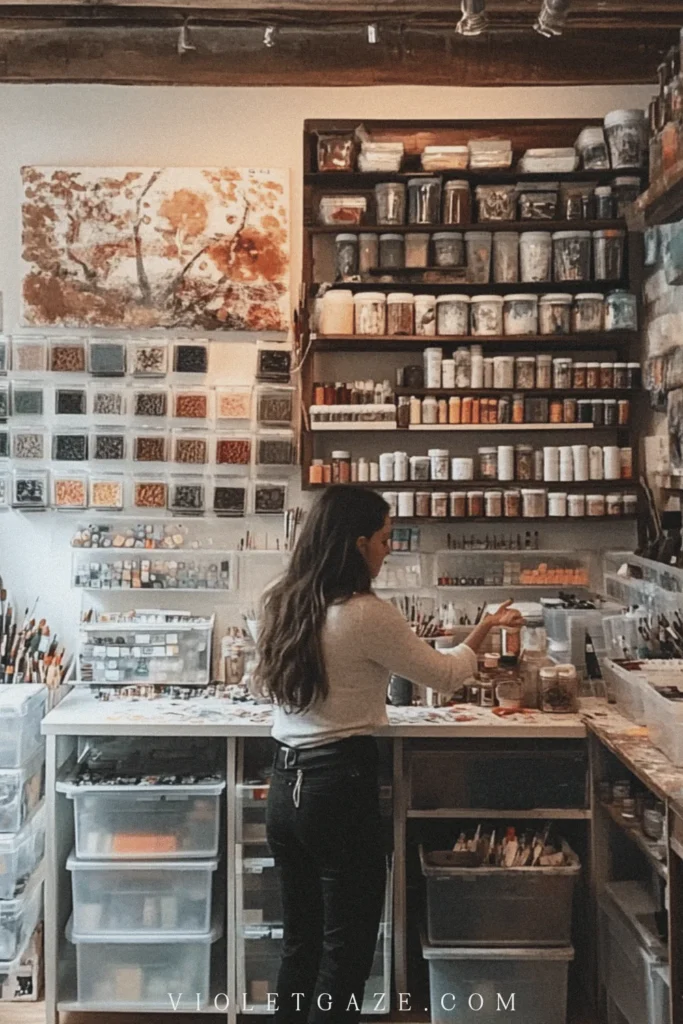
In addition to body doubling, creating recurring calendar events for your creative time can reinforce your discipline. Treat these times as non-negotiable appointments for your creativity.
For example, STATiC and I have a recurring calendar event every Thursday for 2 hours to work on music for She Sees Faeries.
You can make these events for anything — regular creative time, talking on the phone with a friend to brainstorm a project you’re working on. Make it just as important as a meeting you have to go to — because it is.
Subscribe on YouTube for More Creative Tips!
I hope you found these creative discipline tips helpful, no matter what type of artist you are. For energetic strategy and manifestation tips for artists, subscribe on YouTube and join our community of disciplined creatives. Tame those muses and create amazing things with us.
Paragraph
Paragraph
Paragraph
This post may contain affiliate links, which means we'll receive a commission if you purchase through our link, at no extra cost to you.
Paragraph
Paragraph
Paragraph
Paragraph
Paragraph
Paragraph
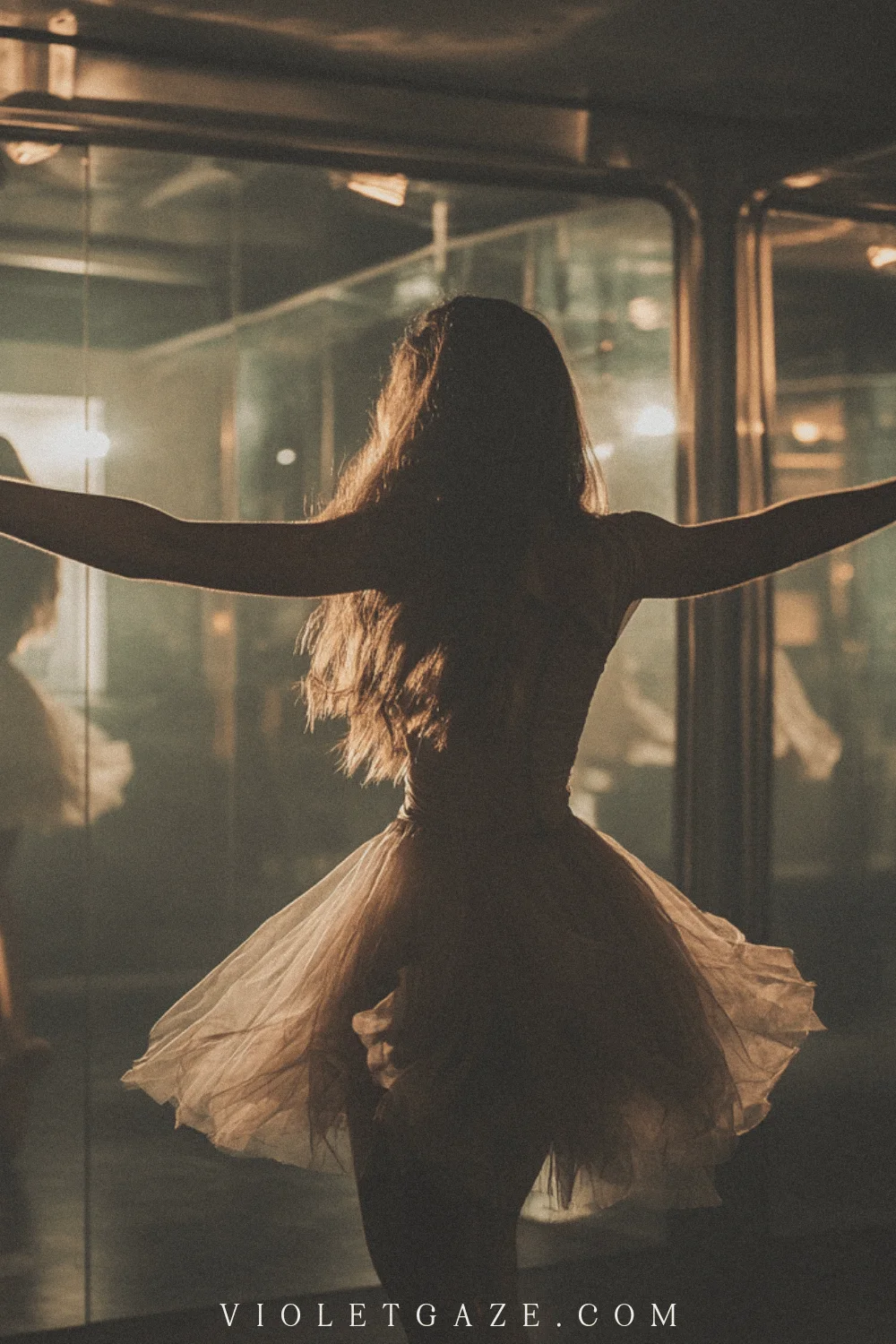
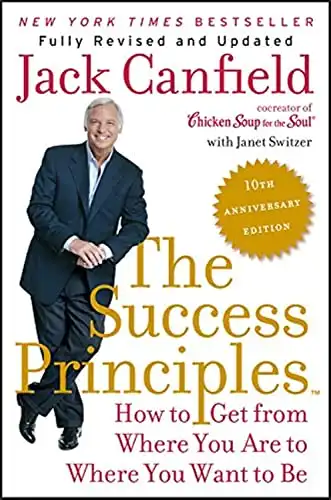

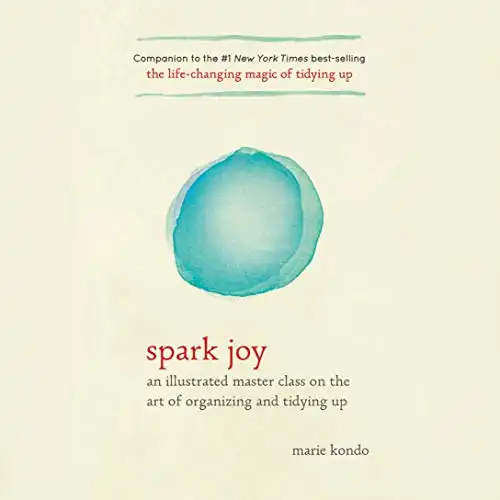


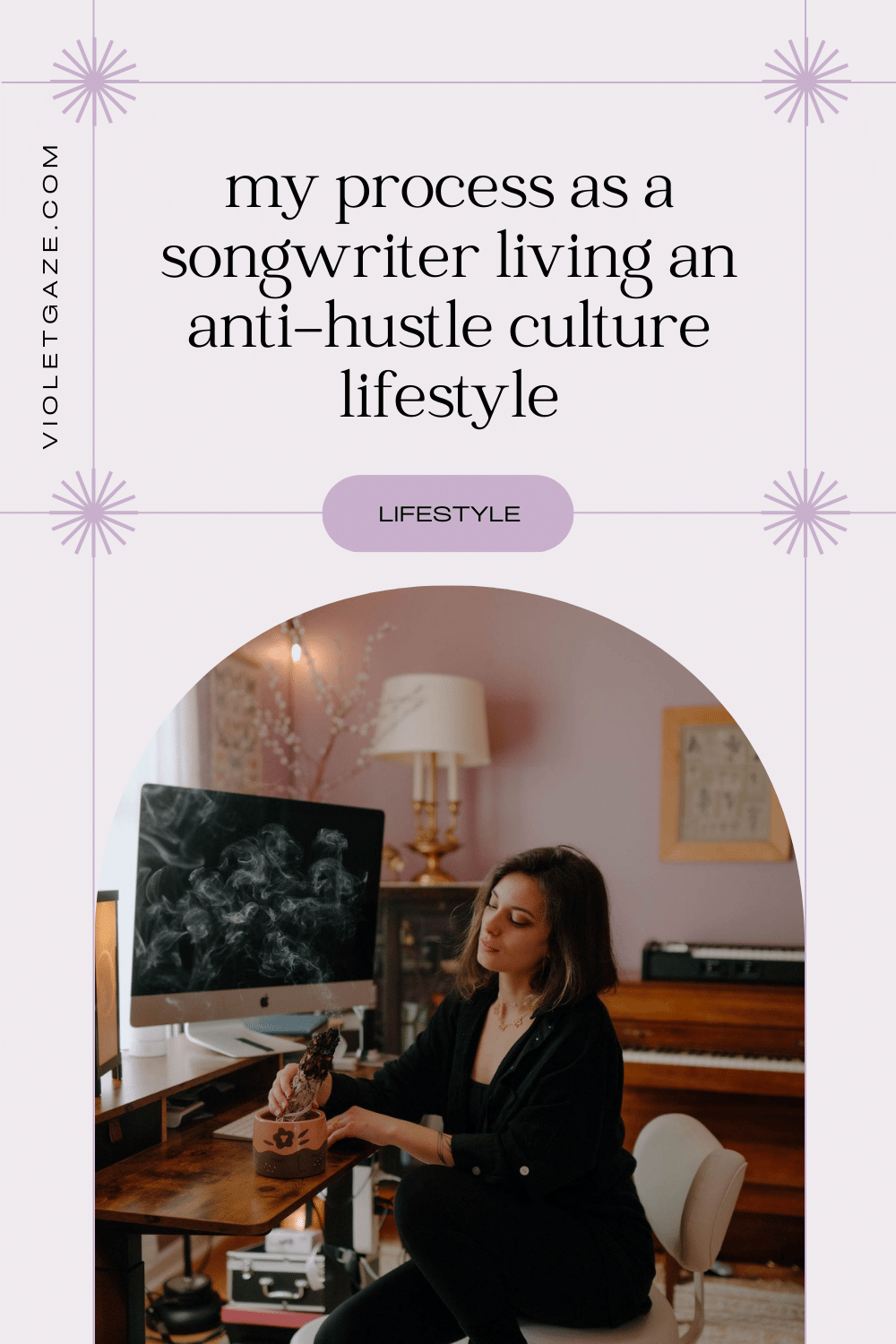
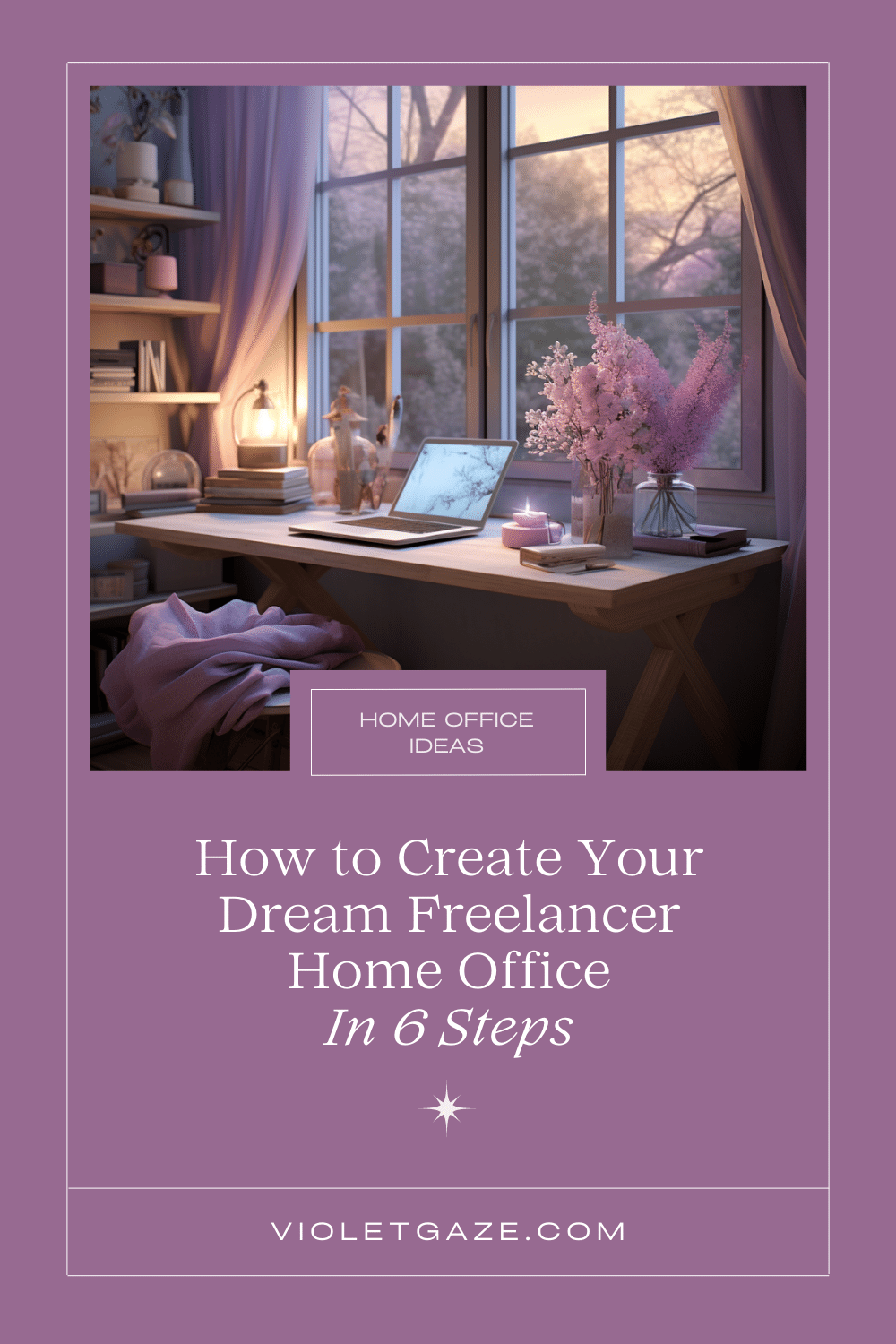
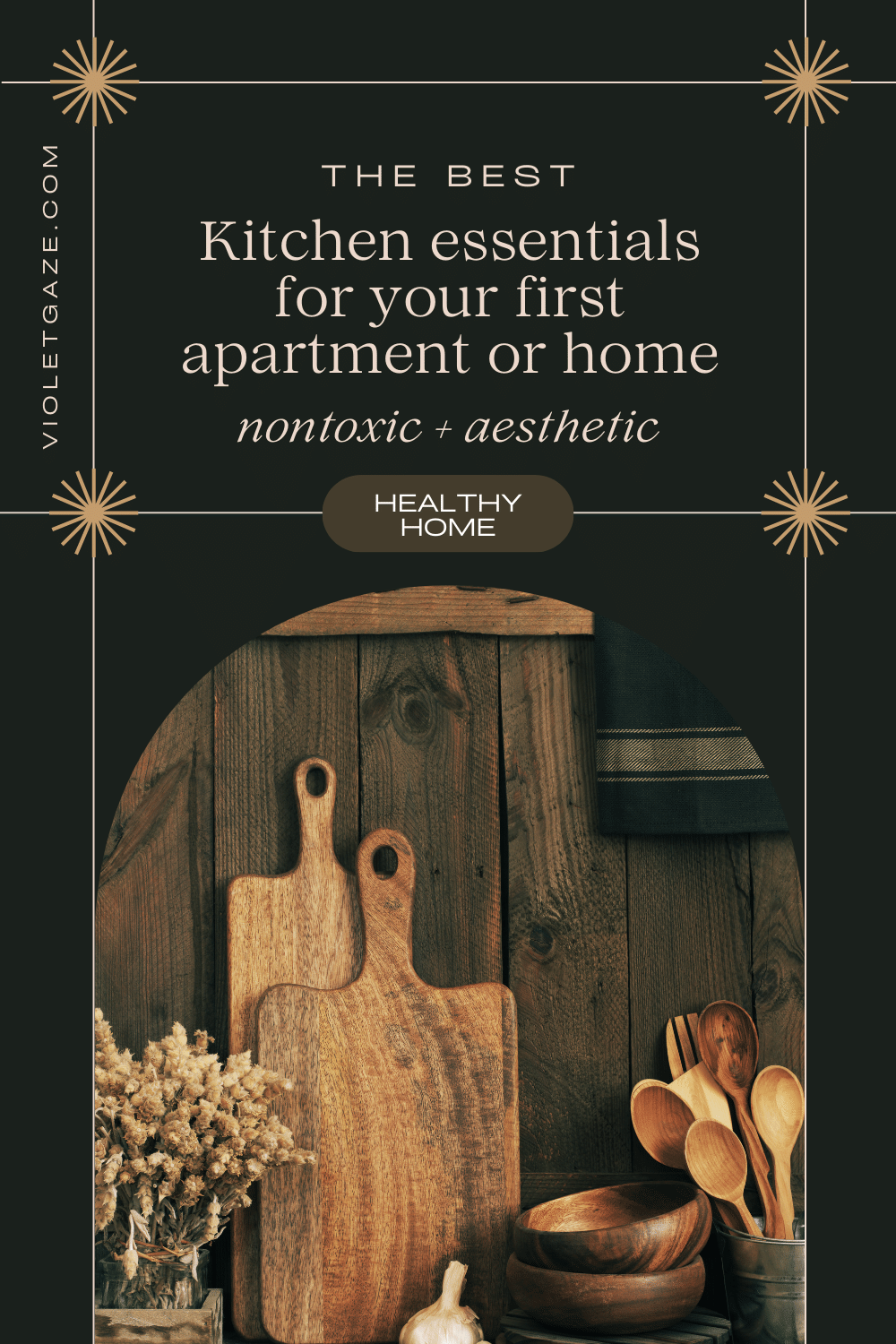
How to Develop Creative Discipline: Taming the Muse
VIEW COMMENTS